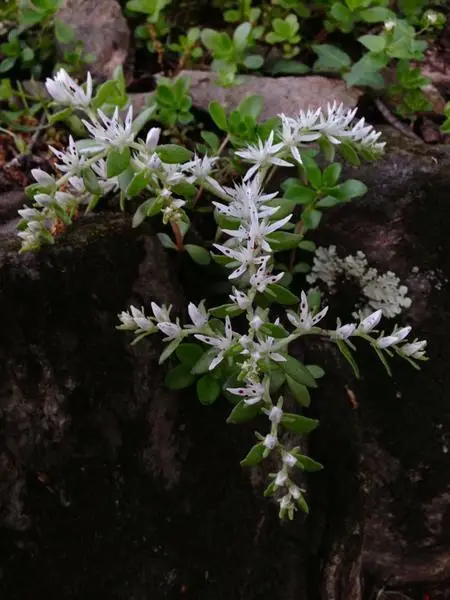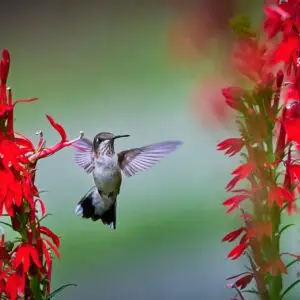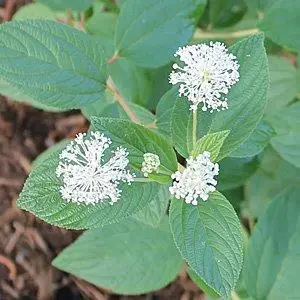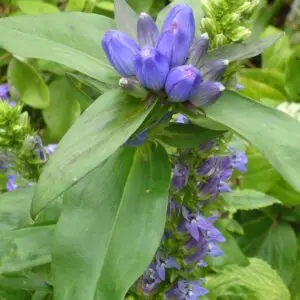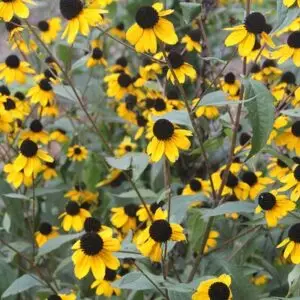| Size | 4" Pots for Preorder Only, Trade Gallons |
|---|
Sedum ternatum – Woodland Stonecrop (B&B.DR.DRG.GRD.H.NB.OP)
$15.00
Ecosystem Services:
(B)-Birds (B&B)-Birds & Butterflies
(BTF)-Butterflies (BW)-Black Walnut Resistant
(DR)-Deer Resistant (DRGHT)-Drought Resistant
(EC)-Erosion Control (EVR)-Evergreen
(FC)-Fall Color (FRG)-Fragrant
(GRD)-Groundcover (H)-Host plant
(HMR)-Hummingbirds (M)-Mammals
(MTH)-Moths (N)-Nectar
(NB)-Native Bees (NST)-Nesting Material
(OP)-Other pollinators (RR)-Rabbit Resistant
(SHWY)-Showy (SPC)-Specimen Plant
The genus name comes from the Latin word sedeo meaning to sit in reference to the habit of many of the sedum species to sit and sprawl over rocks. T
Woodland Stonecrop matures to a 6 inch high plant with a 1 foot spread and four-parted white flowers. Like many of its genus, it is often used as ground cover. The stems will creep along the ground or over rocks, forming dense mats. The stems usually send up a single flowering branch, 4 to 8 inches high, and several shorter, leafier, non-flowering branches. Stems break away and die in winter, leaving newly rooted plants separated from the mother plant. The leaves tend to fall off easily; however, the fallen leaves can be used to propagate new plants.
Some references describe this plant as mildly toxic if ingested, while others do not. In any event, stems and leaves may be eaten raw when very young and tender. As the stems and leaves age, but before the plants flower, the edible parts may still be eaten if they are briefly cooked. The sap can irritate the skin of some people and the leaves, eaten in quantity, can cause stomach upsets.
In nature, Woodland Stonecrop is often found in moist forests, wooded ravines, coves, bottomlands, or shaded rock outcrops or river banks. Plant 6 to 12 inches apart in a site with partial to full shade in well-drained soil. It will tolerate full sun, seldom needs watering, and will grow in moist soils with good drainage. The plant tolerates shade and moist soils better than most other sedums as well as drought and heat, rocky and poor soils. It establishes itself quickly, but may do less well in cold temperatures.
Host plant for the Common Buckeye, Brown Elfin, and Variegated Fritillary butterflies.

